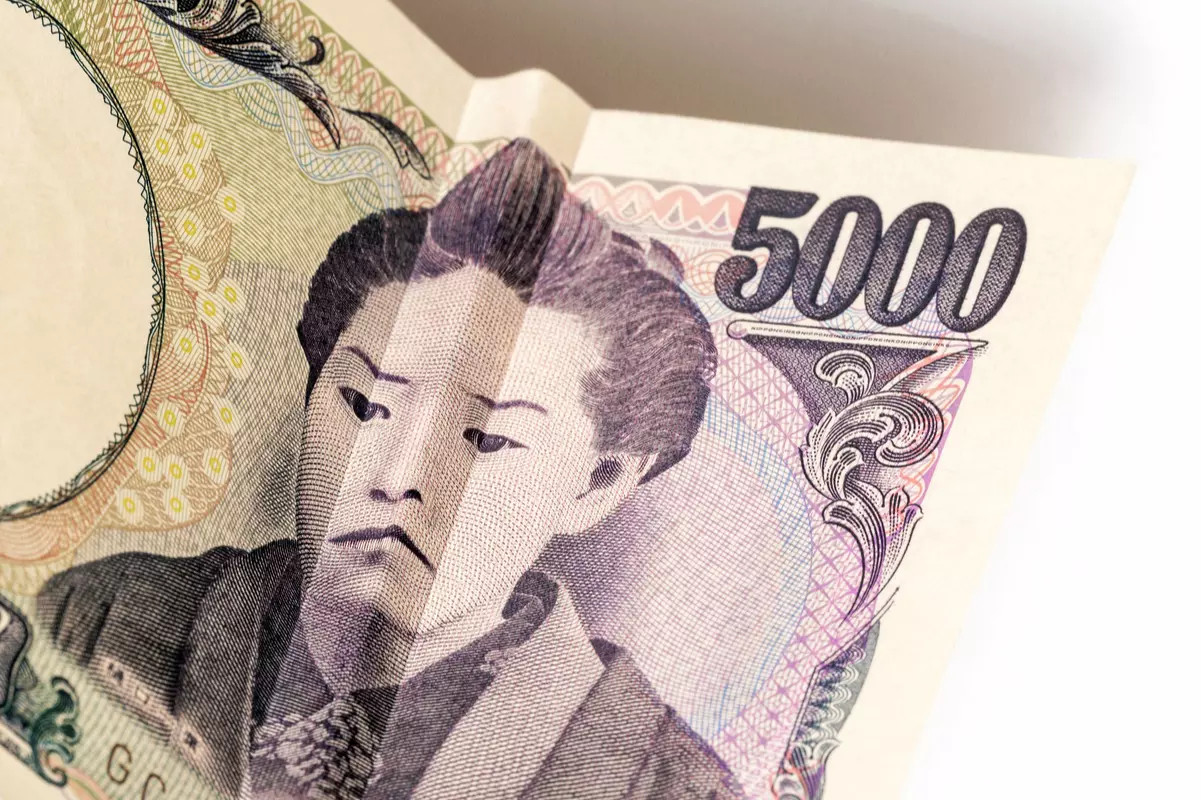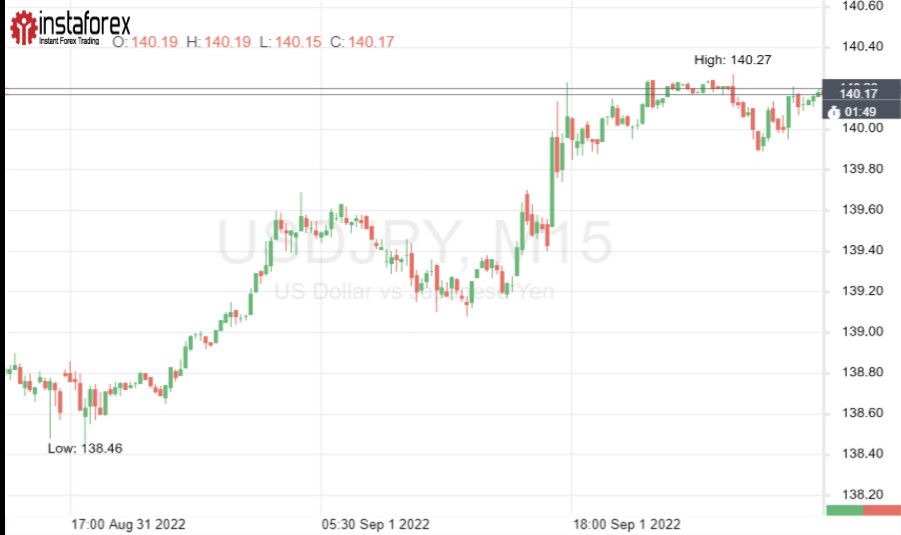
The Japanese yen's nosedive remains a central focus of the FX market. JPY is now trading below 140 per dollar, and it could slide down even further.
What triggered the yen's collapse?
USD/JPY continued its massive rally on Thursday, adding 0.9% during the day and surpassing the key psychological level of 140.
The pair closed at 140.22, its lowest level in almost 25 years.

JPY's slump was triggered by a growing monetary policy gap between the US and Japan.Last week, the governor of the Bank of Japan Haruhiko Kuroda confirmed that the Japanese regulator would not normalize its monetary policy course until inflation becomes more sustainable.
At the same time, Fed chairman Jerome Powell stated the Federal Reserve must continue tightening its policy and increase interest rates aggressively to fight inflation.
Powell's hawkish speech in Jackson Hole increased expectations of a third 0.75% rate hike in September.
The Fed funds futures market is now pricing in a 77% probability of such a move.
Traders' confidence in the Fed's resolve was boosted by hawkish comments by other Fed policymakers.
Yesterday, the president of the Fed Reserve Bank of Atlanta Raphael Bostic said that the Fed still had a lot to do to bring inflation back to the target level of 2%.
The newly appointed president of the Fed Reserve Bank of Dallas Lorie Logan stated that restoring price stability is the number one priority for the regulator.
As a result, the yield on 10-year US Treasury notes jumped by 10 basis points to 3.29% yesterday.
This increase has widened the gap between yields of US and Japanese sovereign bonds, which sent the Japanese into a tailspin.
Another strong impulse for USD
Strong US economic data have also weighed down on the Japanese yen and propelled the US dollar upwards.
According to the latest labor market data by the US Department of Labor, initial jobless claims in the US fell by 5,000 to 232,000.
Furthermore, job cuts declined in August, despite aggressive Fed interest rate hikes that significantly increased the risk of a recession.
In addition, the ISM manufacturing PMI remained unchanged in August at 52.8 points, exceeding expectations.
Positive labor market trends and improving business climate are lowering the risk of recession, which in turns favors aggressive monetary tightening.
These data releases pushed the US dollar index up by 1% on Thursday to 109.99, its highest level since June 2002.
What comes next for USD/JPY?
The US dollar has been on the rise against almost all major currencies. However, the Japanese yen has suffered particularly high losses against the US currency.
Since the beginning of the year, JPY slumped by 18% against USD in the worst performance out of all G10 currencies.
Furthermore, analysts say the yen could sink even deeper against the dollar in 2022.
As long as Haruhiko Kuroda, who is known for being a staunch dove, remains the governor of the BOJ, the yen's prospects would remain dim. Kuroda's term will only expire in April 2023.
Many experts believe that JPY would remain in a downtrend even if Japanese authorities intervene to prop up the national currency.
The Japanese yen's dive to the 24-year low of 140 per dollar have fuelled speculation that the Japanese government could intervene to stop the devaluation of JPY.
Some experts believe that Japan would perform a currency intervention similar to the intervention of 1998 when the yen reached around 146 to the dollar.
However, any such measures would be ineffective when the policy gap between the US and Japan continues to widen due to ongoing interest rate hikes by the Federal Reserve.
Only a policy shift by the Bank of Japan could put an end to the yen's nosedive. However, the Japanese regulator is showing no signs of abandoning its current stance.
Today's situation
Today, USD/JPY traders will be focused on the US non-farm payrolls for August.
The NFP report will be one of the key data releases that will determine the Fed's policy decisions at its next meeting in September.
Economists expect the US economy to add 300,000 new jobs in August.Strong non-farm payroll data will strengthen the US dollar even further.





















